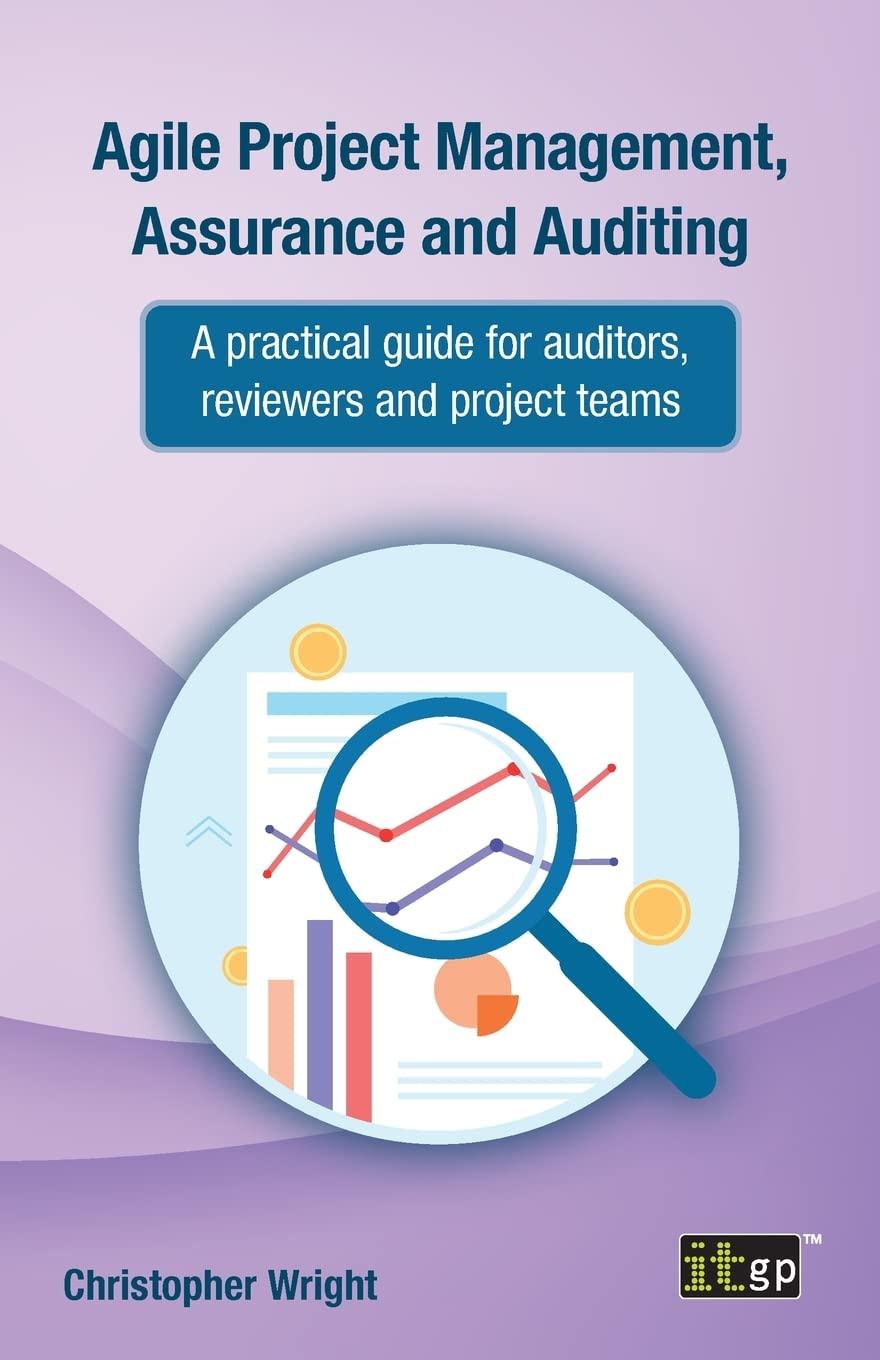CHAPTER 3 QUESTIONS ASSESS YOUR PROGRESS Review Questions 1. What is the difference between cash basis accounting versus accrual basis accounting? 2. Which method of accounting (cash or accrual basis) is consistent with generally accepted accounting principles? 3. which accounting concept or principle requires companies to divide their activities into small time segments such as months, quarters, or years? 4. What is fiscal year? Why might companles choose to use a fiscal year that is not a calendar year? 5. Under the revenue recognition principle, when is revenue recorded? 6. Under the matching principle, when are expenses recorded? 7. When are adjusting entries completed, and what is their purpose? 8. What is a prepaid expense? 9. What is a contra account? 10. How is book value calculated, and what does it represent? 11. When is an adjusted trial balance prepared, and what is its purpose? 12. If an accrued expense is not recorded at the end of the year, what is the impact on the financial statements? Chapter 3 True/False 1) Under accrual accounting, transactions are recorded only when cash is received or paid. 2) 2) In cash basis accounting, revenue is recognized when cash is received and expenses are recognized when they are paid. 3) The Generally Accepted Accounting Prindples (GAAP) requires the use of accrual accounting. 4) 4) The revenue recognition principle is the basis for recording revenues-both when to record revenue and the amount of revenue to record. 5) Accrued revenues are the income that has been received but not earned. 6) Prepaid rent is an expense account, and hence it appears on the income sttement. 7) In the case of a prepaid expense, the adjusting entry required at the end of a period will consist of a7 debit to the Prepaid Expense account. Assume the prepaid expense was initially recorded as an asset 8) In the case of unearned revenue, the cash is received first, and the revenue is earned later. 9) In the case of unearned revenue, the adjusting entry at the end of the period includes a credit to Service Revenue. Assume the uneamed revenue is initially recorded as a liability 10) On January 1, Smith had $2,000 of supplies on hand. During January, Smith purchased $4,000 worth 10) of new supplies. At the end of the imonth, a count revealed $1,000 worth of supplies remaining on the shelves. The adjustment entry needed will include a debit to Supplies Expense of $5,000. The supplies were initially recorded as an asset. 11) Smith owns manufacturing equipment that was bought for $12,600. It has an estimated useful life of 7 years. Smith should record depreciation expense of $100 per month 12) Argyle Designs has entered into a contract to design 20 new dresses for a customer. It will collect a total of $40,000 after the design services are complete. Argyle started design work on June 1. As of June 30, Argyle finished 4 of the 20 designs. Argyle will make an adjusting entry at the end of June to accrue $10,000 of service revenue 12) 13) An adjusted trial balance does not list the revenues and expenses of a business. 13) 14) 14) If a company fails to make an adjusting entry for accrued revenues, the net income will be overstated. 15 15) If a company fails to make an adjusting entry for prepaid expense, the assets will be overstated. Assume the prepaid expense is initially recorded as an asset. CHAPTER 4 QUESTIONS ASSESS YOUR PROGRESS Review Questions 1. Why are financal statements prepared in a speific order? What is that order? 2. What is a classified balance sheet? 3. What does liquidity mean? 4. What is the closing process? s. What are temporary accounts? Are temporary accounts closed in the closing process? 6. What are permanent accounts? Are permanent accounts dosed in the closing process? 7. How is the Income Summary account used? is it a temporary or permanent account? 8. What are the steps in the closing process? If a business had a net loss for the year, what would be the closing entry to close Income Summary and transfer the net loss to the Capital account? 9. 10. What types of accounts are listed on the post-closing trial balance? 11. What is the current ratio and how is it calculated? ACCT 1080 Chapter 4 True/False Name 1) In the balance sheet, assets are classified as either current or long- term depending on their liquidity.1) 2) The operating cycle is the time span required for a business to repay its long-term liabilities. 3) The adjusting process zeroes out all revenues and all expenses 4) The closing process helps in measuring each period's net income separately from all other periods 5) As a part of the closing process, revenues and expenses are closed to a temporary account called the Net Income (loss) account 6) The Accounts Payable account is a temporary account 7) The Owner's Name, Capital account is a temporary account 8) The Accumulated Depreciation account is a permanent account. 9) The Owner's Name, Withdrawals account is a permanent account. 10) The beginning balance in the Capital account of a company was $10,000. The revenues and expenses 10) were $200,000 and $120,000, respectively. The owner withdrew $1,000 during the year. The ending balance in the Capital account was $86,000 11) John Smith is the owner of Alpha Technologies Inc. The beginning balance in Smith, Capital was $80,000. The revenues and expenses were $60,000 and S0,000, respectively. If no withdrawals were made by Smith during the year, the ending balance in Smith, Capital must be $90,000. 12) 13) 14) 15) 12) The post-closing trial balance shows the updated capital balance. 13) Only permanent accounts appear on the post-closing trial balance 14) The current ratio is calculated using the values from the income statement. 15) The smaller the current ratio, the higher is the ability of a firm to repay its current debts












